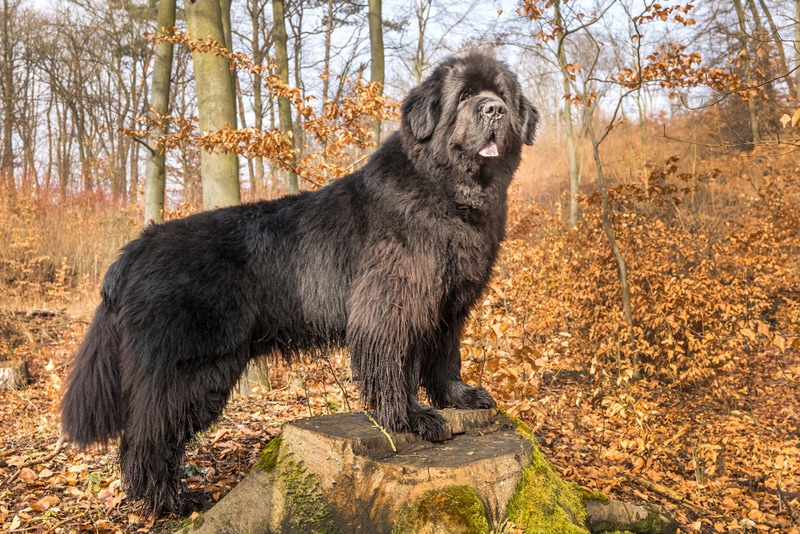Do Dogs Purr? Facts & FAQ

Updated on

Did you know that dogs can purr? Purring is a unique behavior that is found in only a few species of animals, including cats and dogs. It is still not entirely clear why these animals purr, but research suggests that it has both physiological and psychological benefits. It’s true! In this article, we will discuss the reasons that dogs purr and what it means for their health.
What Is Purring?
Purring is a low, continuous sound that is produced by vibrating vocal cords. It is most commonly associated with cats, but did you know that dogs can purr too? In fact, all mammals can purr, including humans! However, we typically only associate this behavior with cats because they are the only animals that do it regularly. Dogs only purr when they are content or happy. Their purrs are more commonly called “rumbles.”

Why Do Dogs Purr?
There are a few theories about why dogs purr, but the most likely explanation is that it has both physiological and psychological benefits. For example, purring has been shown to lower stress levels, improve healing, and reduce pain. Additionally, purring is a way for dogs to communicate their contentment and pleasure. So, if your dog starts purring, it’s a good sign that they’re happy and relaxed!
How Do Dogs Purr?
Dogs purr by vibrating their vocal cords. This is the same technique used by cats and other animals that purr. However, dogs do not use the same muscles to produce this sound as cats do. Instead, they use their diaphragm and larynx (voice box). When a dog purrs, you can usually feel the vibration through their body.
Do All Dogs Purr?
No, not all dogs purr. This behavior is relatively rare in dogs. It has been observed in a variety of breeds, though, including Labrador Retrievers, Beagles, Golden Retrievers, and Boxers. However, it is not known why some dogs purr and others do not.
How Do I Know If My Dog Is Growling or Purring?
It can be difficult to tell the difference between a dog’s growl and purr, but there are a few key things to look for. First, take note of the sound itself. Purring is typically a low, continuous sound, while growling is usually more abrupt and intermittent.
Additionally, dogs will often close their eyes or tilt their heads back when they purr, though this is not always the case. Finally, pay attention to your dog’s body language. If they are relaxed and their tail is wagging, they are likely purring. However, if their hackles are raised and their body is tense, they are probably growling.
Conclusion
Purring is a unique behavior that is found in only a few species of animals, including cats and dogs. It is still not entirely clear why these animals purr, but research suggests that it has both physiological and psychological benefits. So, if you’ve ever wondered whether your dog can purr, now you know the answer!
Featured Image Credit: LightField Studios, Shutterstock











